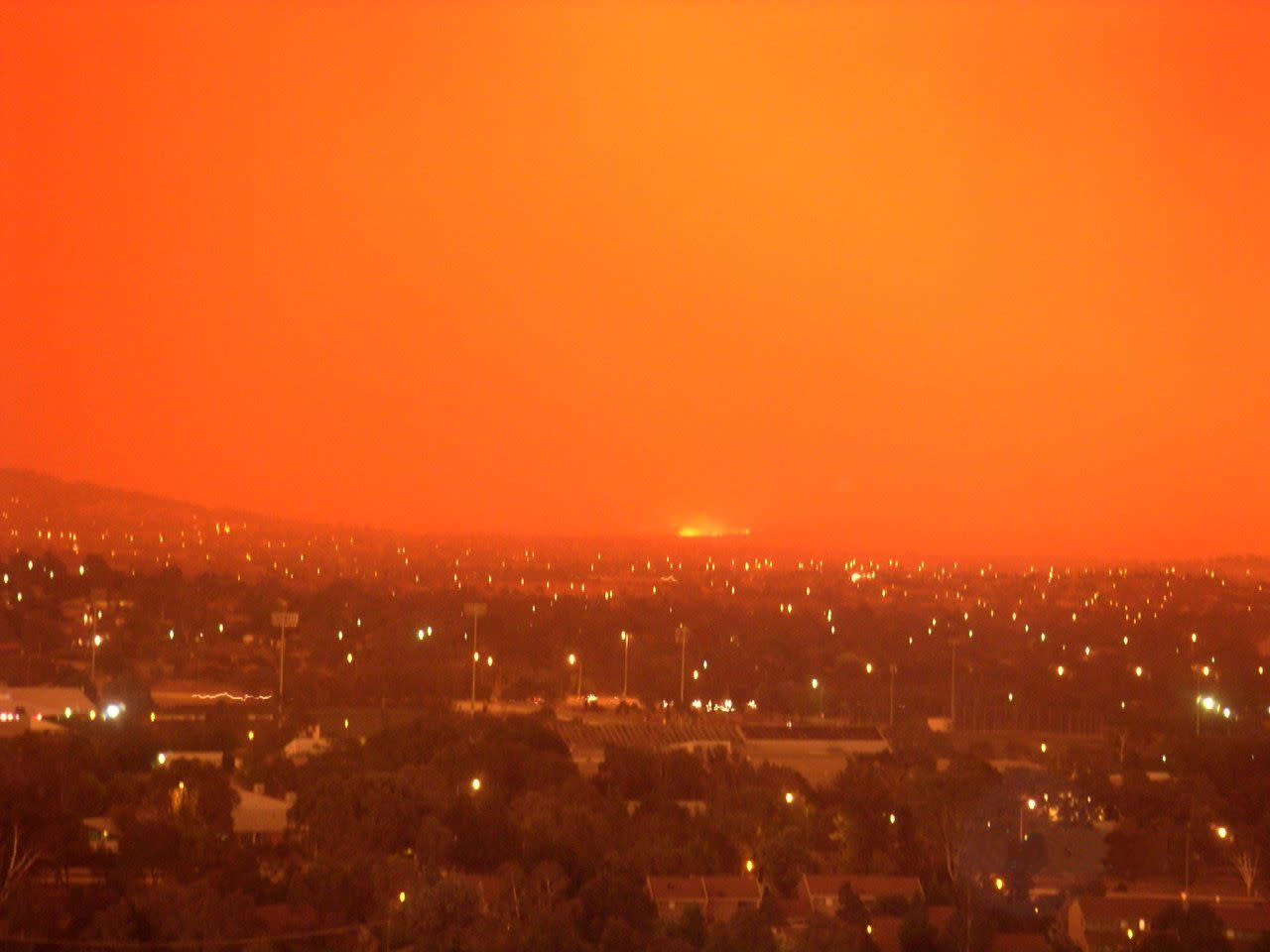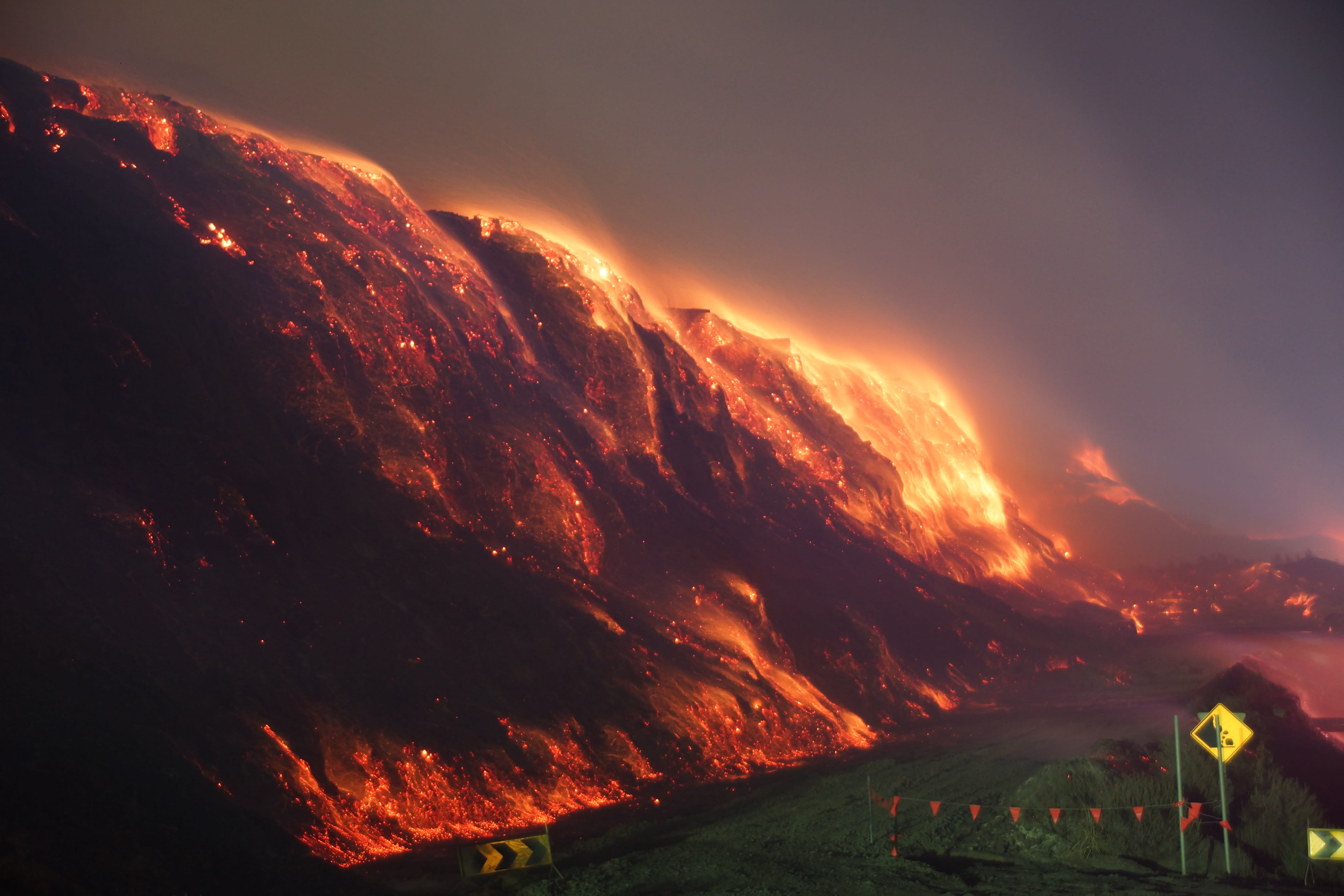Once the smoke clears, and the immediate issues of infrastructure, jobs and lives are being rebuilt – there will be ongoing questions about the health impacts in a community that has been breathing dangerous air heavy with bushfire smoke for weeks on end.
In Australia we have largely always had clean air. Dirty air, with its particulate matter from pollution has been mainly a third world problem. The daily wearing of masks a characteristic of Asian countries more than here.
Our current bushfire emergency has bought new health concerns regarding the exposure to bushfire smoke. Not only have we seen more prolonged periods of exposure to affected communities, but we have seen large numbers of people exposed to high levels of smoke quite remote from bushfire activity.

Of note, our capital city Canberra, surely one of our cities most associated with clean breathable air, has regularly registered the world’s worst air quality in the past days. And Melbourne continues to be blanketed in heavy smoke from the bushfires, for the third day running.
Smoke from bushfires carries fine and ultrafine particulate matter, and though the composition differs from that of industrial particulate matter from pollution, it carries similar risks of acutely exacerbating and precipitating respiratory diseases in those exposed. In addition, bushfire smoke – depending on the fuel type and the temperature of the fire - can also contain carbon monoxide, aldehydes, organic acids, volatile organic compounds and ozone following reactions in sunlight.
Read more Bushfire smoke and your health
Emissions from bushfires, also called wildfires in the US, are expected to increase in numbers and severity in coming years. According to a study from Pennsylvania State University, wildfire emissions are expected to increase more than 100 per cent in California, due to climate change and development, through to the year 2100. This is certainly Australia’s experience of the past few months. We find ourselves looking for evidence of the more prolonged effects of bushfire smoke to the health of the community to better support the development of public policy.
The Hazelwood fire experience
On February 9, 2014, the Hazelwood open cut brown coal mine in the Latrobe Valley, Victoria, caught fire burning for five weeks, causing residents in the nearby town of Morwell serious concerns over the short and long-term health impacts of the fire and smoke. Soon after, researchers from the Monash University schools of Public Health & Preventive Medicine and Rural Health began a ground-breaking study into the ongoing mental and physical health impacts of exposure to the smoke from these fires, in particular the exposure to PM2.5 (particulate matter in the smoke that are less than 2.5, 1000th of a mm in diameter, or 40 times thinner than a human hair) which are known to be associated with respiratory illnesses and sudden death from cardiac arrest.
Read more Assessing Hazelwood's toxic legacy
Led by Professor Michael Abramson, from the Monash University School of Public Health and Preventive Medicine and Professor Judi Walker from the School of Rural Health, the team was contracted by the Victorian Department of Health, along with Federation University, University of Tasmania, the University of Adelaide and CSIRO, to undertake the comprehensive study of the long-term health of Latrobe Valley residents following exposure to the smoke from the coal mine fire. The study is ongoing.

Early last year the Hazelwood Health Study released findings showing that people exposed to air pollution during the fire were dealing with respiratory problems and psychological distress more than two years after the event. The researchers surveyed more than 3000 adults from Morwell and 960 from nearby Sale two-and-a-half years after the fire. The researchers combined air quality models from CSIRO with detailed time and location diaries filled out by the survey participants – revealing that, as the air pollution increased, so did coughing as well as chest tightness, wheezing, and asthma.
Read more Visit the Hazelwood Health Study website here
The health impact of bushfires goes beyond respiratory illness. A 2011 Monash study found an association between bushfire and a risk of out of hospital cardiac arrest and the Hazelwood Health Study, in a report published in 2017, found that Morwell residents have a seven-fold risk of a heart attack compared to those living nearby.
When the Hazelwood study was started it was seen as a way to research, in real time, the effect of not only mine fires – but in general high levels of airborne pollutants – on the health of a population of people who had previously breathed clean air.
As Australia wakes up every day to smoke haze and irritated airways, suddenly it seems we are a much larger study for what the world can expect as climate change and wildfires or bushfires increase globally. We may not know the long-term health impacts for decades. Clearly more research is required, but the data to date raises significant concerns.






